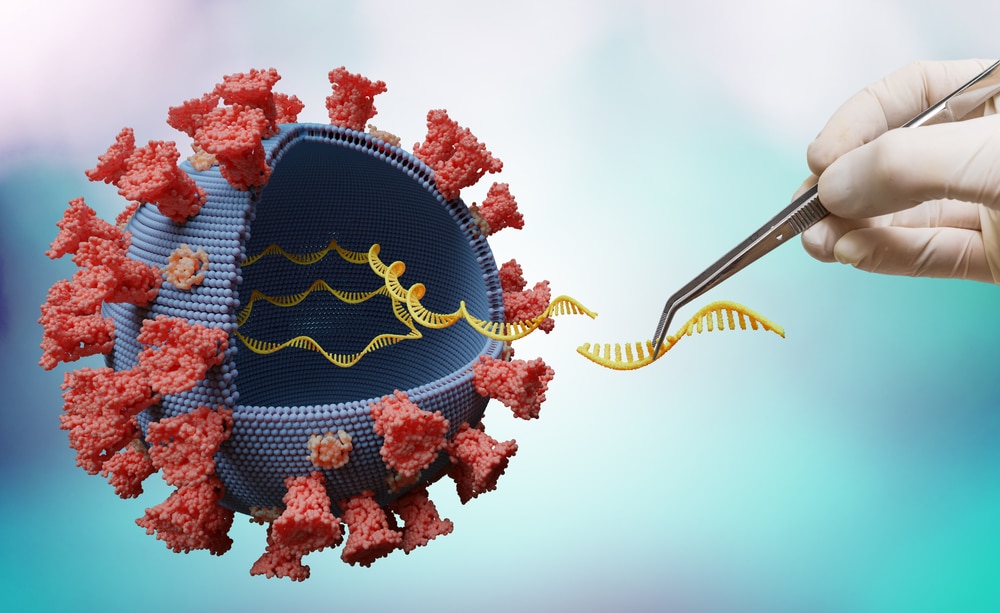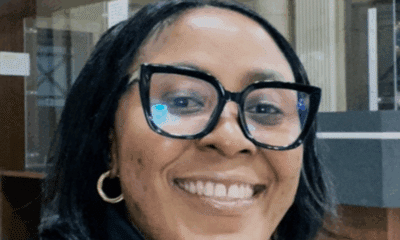Vivek Gurung on Engineering Viruses to Combat Dental Caries
The fight against dental caries is shifting from reactive treatments to precision tools like engineered bacteriophages. These “good viruses” selectively target harmful bacteria to reshape the oral ecosystem, promising a more sustainable approach to oral health.
Scientist Vivek Gurung of Vulcan Biologics is at the forefront of this research. His foundational work on Streptococcus mutans provides key insights into the bacterium’s vulnerabilities, fueling new targeted dental therapies.
Studying a complex pathogen
Developing effective phage therapy starts with understanding the target bacterium, Streptococcus mutans. Gurung’s research began with its sophisticated survival mechanisms, noting, “What truly captivated my interest was its remarkable ability to adapt within complex polymicrobial communities in the oral cavity.”
S. mutans thrives in the mouth’s acidic environment due to resilient biofilms, which make it highly resistant to traditional treatments. This adaptability makes it a compelling subject for researchers.
Gurung explains that observing its degradation pathways “Provided me with a molecular window into how S. mutans integrates environmental signals to survive.” This is critical, as some lytic bacteriophages can inhibit S. mutans by suppressing genes needed for biofilm formation.
Uncovering a hidden vulnerability
A breakthrough came from studying the ClpX/P proteolytic system in S. mutans. This system acts as a cellular quality control manager, degrading specific proteins to help the bacterium adapt to stress.
Gurung’s research uncovered a specific degradation signal. “I identified ELQ as a C-terminal degradation motif in a novel ClpXP substrate in Streptococcus mutans,” he recalls, which led him to investigate MecA, a key regulatory protein.
Confirming that MecA was part of this system revealed a new control layer. Gurung states, “It felt like uncovering a vulnerability—a control point that could potentially be targeted to influence the behavior of a key pathogen.” This aligns with developing novel strategies like antimicrobial peptides and chimeolysins.
From discovery to validation
Gurung’s foundational work on MecA is now cited by other researchers, validating his discovery for fighting dental pathogens.
“What we showed is that ClpX also plays a role in MecA degradation, adding a new layer to how this organism controls genetic competence and stress responses,” he says. This finding shows regulation is more nuanced than once thought and supports therapies like the chimeric lysin ClyR.
Gurung adds, “The growing interest in MecA reflects a broader shift toward targeting bacterial regulatory networks rather than essential growth pathways.” This approach allows for sophisticated weapons like the bacteriophage lysin LysP53.
Engineering precision therapeutics
At Vulcan Biologics, Gurung applies his research to harness naturally occurring viruses as precision tools against tooth decay. To establish their proof-of-concept, the process currently focuses on identifying and selecting the most effective natural bacteriophages for specific tasks.
“We start with a natural phage and modify its genome to enhance traits like binding, replication, and biofilm disruption,” he explains. A key challenge is phage stability, which is being addressed with advanced encapsulation methods.
The strategy includes restoring the microbiome with probiotics, known as Live Biotherapeutic Products (LBPs). “This two-step method allows us to reshape the oral microbiome sustainably,” Gurung notes, an approach supported by research on beneficial bacteria like Streptococcus salivarius.
Reshaping the microscopic battlefield
Gurung describes the oral microbiome as a microscopic battlefield where conventional treatments cause collateral damage. This disrupts the ecosystem’s delicate balance.
“Where antibiotics act broadly, bacteriophages deliver targeted, precision treatment,” he says. This precision is vital as antibiotic resistance drives a resurgent interest in phage therapy, which includes phages that use anti-CRISPR proteins to overcome bacterial defenses.
The goal is a healthy, balanced microbiome. “A true victory isn’t just the absence of cavities but a stable, resilient oral microbiome, not sterilization, but harmony,” Gurung concludes.
The future of dental care
Bacteriophage therapy shows potential for both treatment and prevention. The field is moving toward proactive, self-regulating dental health solutions.
“The ultimate vision is to create precision therapies that prevent decay by reshaping the oral microbiome before harmful bacteria can take hold,” Gurung shares.
Significant hurdles remain, particularly the regulatory framework for engineered phages and a lack of established surrogate endpoints for dental caries. Gurung notes, “We’re moving toward a future where dental care could involve living, self-regulating therapeutics.”
The shift from foundational microbiology to engineered therapeutics is transforming oral health. The work of researchers like Gurung highlights a shift toward precise, ecologically informed interventions. By leveraging bacteriophages and restoring microbial balance, this new approach offers a path toward fostering long-term resilience in the oral ecosystem.
















